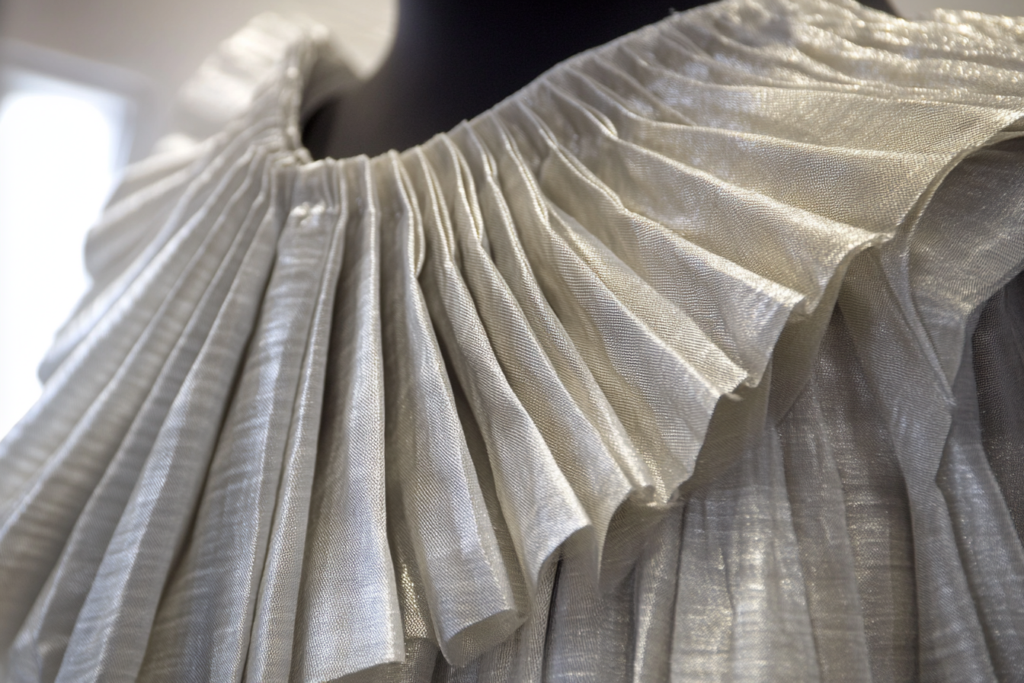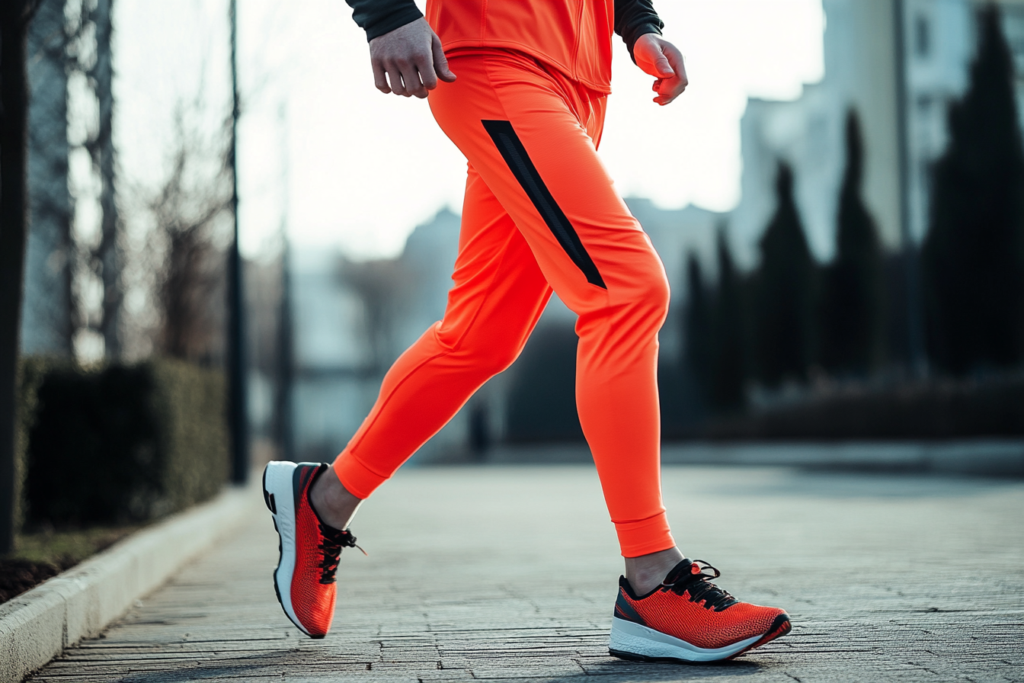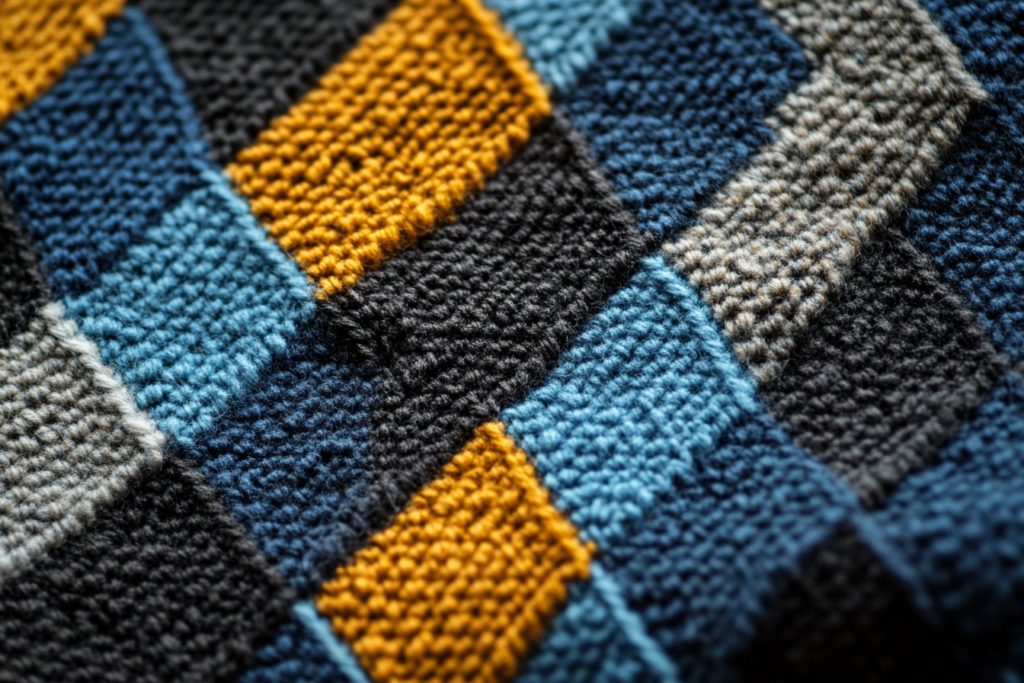Introduction: The Bow Collar Style – A Timeless Fashion Statement
The bow collar style is a classic fashion detail that first gained popularity in the 1920s. Characterized by a collar that extends into a tie, often tied in a bow, this vintage collar style exudes an elegant, playful charm that continues to influence modern fashion. From flapper dresses to blouses and dresses, the 1920s bow collar has had a lasting impact on women’s fashion.
While many fashion trends come and go, the bow collar remains a timeless element in both vintage and contemporary wardrobes. In this article, we explore the origins of the vintage bow collar, how it became a key fashion detail in the roaring 1920s, and its resurgence in today’s fashion world.
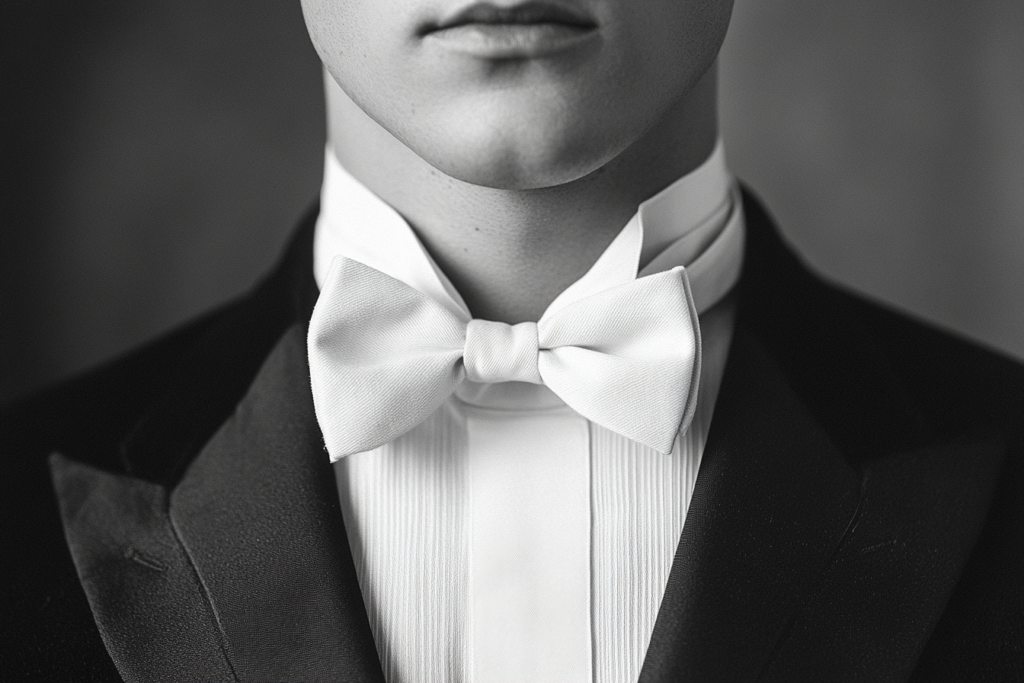
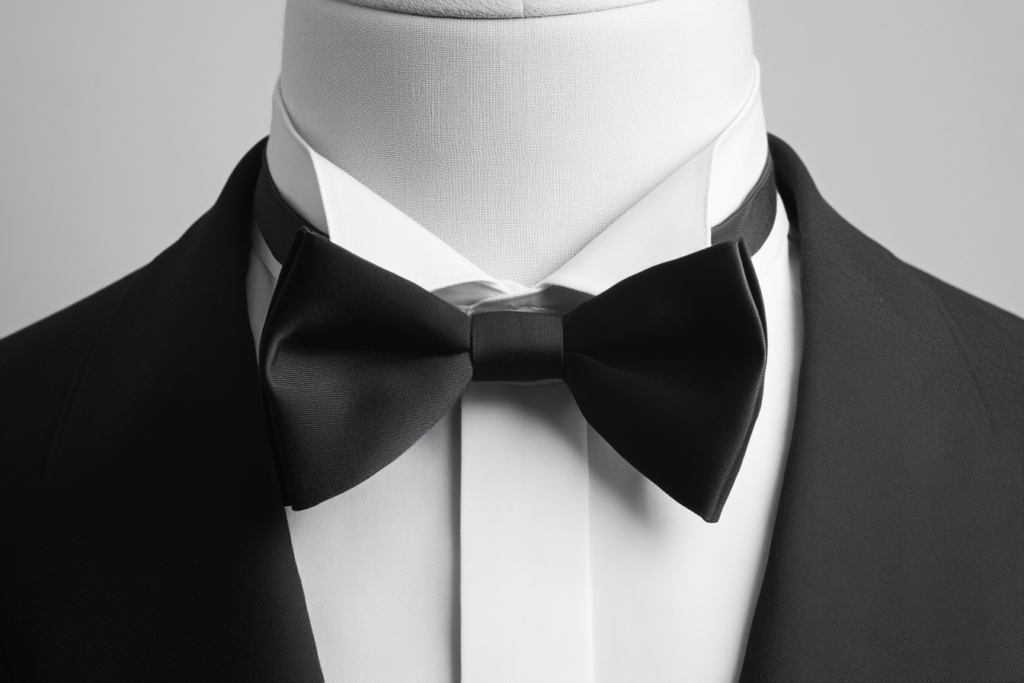
The History of the Bow Collar: Origins and Evolution
The bow tie collar emerged as part of the broader fashion evolution during the early 20th century. In the 1920s, women’s fashion underwent a major transformation, with styles shifting toward more relaxed and androgynous silhouettes. Designers sought to balance this new freedom with elements of femininity, and the bow collar quickly became a popular addition to dresses, blouses, and outerwear.
One of the hallmark features of the tie-collar fashion was its versatility. The collar often extended into a ribbon that could be tied into a bow at the front of the garment. This detail added a whimsical and sophisticated touch to outfits, making it a go-to for eveningwear and more formal daytime attire. Whether adorned on silk blouses or luxurious evening dresses, the bow collar added an air of romance and charm, becoming synonymous with the 1920s fashion trends.
As part of a broader trend, the 1920s fashion collar became a signature of the flapper style, which was both chic and daring. Women embraced these bold and daring new looks, and the bow collar was right there with them—offering an expression of youthful exuberance and modern sophistication.
The Bow Collar in 1920s Fashion Trends
The bow collar was not only a fashion statement but also a symbol of rebellion and modernity during the 1920s. Women who wore these collars were stepping away from the traditional, restrictive clothing of previous decades, embracing the newfound freedom of the Jazz Age. The playful nature of the bow tie collar allowed women to express their individuality while maintaining an air of elegance.
From Coco Chanel to Jeanne Lanvin, many designers of the era incorporated the vintage collar styles into their collections. The bow collar was particularly popular in dresses designed for evening wear, where its soft lines and feminine aesthetic made it a favorite choice for formal occasions. The addition of a bowtie collar elevated the simplicity of the dress, giving it a sense of high fashion and grace.
Throughout the 1920s, the classic bow tie look was incorporated into a variety of outfits—from sleek dresses to smart separates. It became a standard feature in many women’s wardrobes and a defining element of the decade’s style.
How the Bow Collar Became a Vintage Icon
As time passed, the 1920s bow collar began to be associated with vintage fashion. After the 1920s, the bow collar continued to be worn, although its prominence in mainstream fashion waned. However, as the years went by, fashion designers began to rediscover the charm of vintage collar styles. Today, the bow collar has found a place in modern fashion, with designers bringing it back into collections that embrace retro and nostalgic aesthetics.
The tie-collar fashion of the past has been embraced by contemporary designers who have reinterpreted it for the modern woman. The bow collar has made a resurgence on everything from chic shirts and dresses to even casual sweaters, proving that this classic style never really goes out of fashion.
For those looking to infuse their wardrobes with a touch of history, the vintage bow collar is the perfect way to add a timeless, feminine flair to any outfit. Whether you’re wearing a vintage-inspired dress or a modern blouse, this iconic collar style will always make a statement.
Modern-Day Revival of the Bow Collar
The bow tie fashion has returned to the runway in recent years, with designers like Gucci, Prada, and Dolce & Gabbana bringing the 1920s fashion trends into their collections. From tailored blouses to casual shirts, the bow collar is making waves once again.
One of the most striking elements of the 1920s fashion collar in modern-day fashion is its versatility. Today’s fashionistas pair bow-collared blouses with everything from high-waisted trousers to skirts, offering a modern twist on the vintage look. The bow collar has become a favorite of both casual and formal wear, and its timeless appeal continues to captivate new generations of fashion lovers.
Conclusion: The Enduring Appeal of the Bow Collar
From its origins in the 1920s to its resurgence in contemporary fashion, the bow collar style has proven itself to be a timeless classic. With its elegant yet playful nature, the vintage bow collar is more than just a detail—it’s a fashion statement that continues to influence both vintage-inspired and modern designs. As fashion continues to evolve, there’s no doubt that the bow collar will remain a symbol of feminine grace, elegance, and timeless style.
Whether you’re a fashion enthusiast, designer, or retailer, the bow tie collar offers endless possibilities for incorporating retro chic into modern wardrobes. Embrace the classic bow tie look today, and celebrate one of the most iconic fashion details in history!

